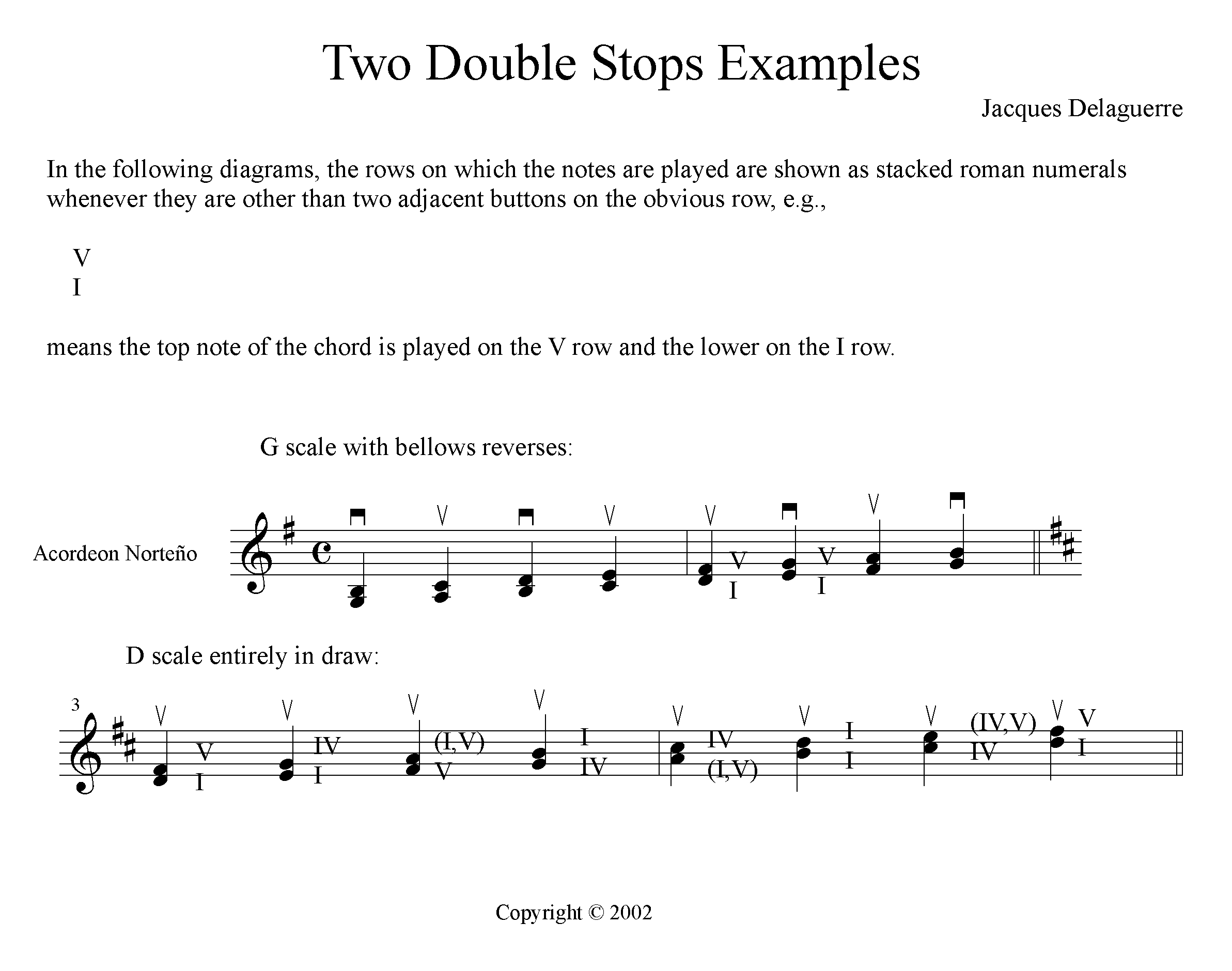
More complex chords can be handled likewise. In a simple
pop song, melody-led triads, that is, placing the melody note at
the top of the appropriate inversion of the triad of the harmonizing
chord, can be very effective.
Note: The sheet music images are shown on this page at reduced definition. For sharper detail, please use your browser to view the image by itself.

In summary: Discover! Invent! Improvise!